In Part 1 of this series, we covered in some detail the Suborder Charadrii, which included such beauties as the American Avocet, Black-bellied Plover, and the ever-present Killdeer. In that suborder, we went over the 11 endemic species in some detail and mentioned 4 vagrant species.
This month, we’ll cover the first half of the Suborder Scolopacii, which includes the Curlews, Upland Sandpiper, Godwits, Dowitchers, Snipe and Woodcocks, Phalaropes, Shanks and Tattlers, and the Calidrids and Turnstones. This time around, we’re going to handle the first seven of these groups, which include 17 native species, 1 extinct species, and 12 recorded vagrant species. We’ll leave the Calidrids and Turnstones for the final post, due in part to their incredible diversity, but also due to the placement of some of the hardest shorebirds to identify, the sandpipers, specifically, the Peeps.
We’ll start off with the Curlews. As a group, the Curlews are under-represented in Canada, with only two extant species, 1 extinct, and five vagrant species recorded here. Even more disappointing is the paucity of photos that I’ve ever taken of these species, even though both can be found in my home province of Alberta. I’d have been entirely skunked for this group if it weren’t for an immature Long-billed Curlew I found on the side of the road at Frank Lake early last summer. It’s fairly straight forward to identify this species, with their comically long, curved bill, upright body, and cryptic coloration perfect for hiding in grassy marshland.
While reviewing the photos for this post, I found a second Long-billed Curlew that I skillfully tracked down at the Seattle Aquarium last fall. I generally don’t like including captive bird photos, but this just shows the huge difference in bill size between an immature and an adult of this species.
These birds are native to the western lowlands, only ranging as far east as Saskatchewan generally, but they do show up in southern Ontario from time to time as well.
The Whimbrel is the only other extant species in this group native to North America. While I have never seen one of these birds, they can be found in the interior flyway through Alberta, Saskatchewan and Manitoba, but are far more common along both the east and west coasts, as well as along Hudson’s Bay in Manitoba. They are most famous for their incredibly long migration, exemplified by the story of Hope.
A terribly sad story is that of the Eskimo Curlew. It is considered to be extremely threatened, and sightings of this bird increasingly rare. Many consider the species entirely extinct. Its story is told in the fictional novel “The Last of the Curlews”.
The vagrants within this group, the Slender-billed Curlew, Eurasian Curlew, Bristle-thighed Curlew, Little Curlew, and Far Eastern Curlew have all been seen a handful of times, and are exceedingly rare birds in North America in general.
All alone in its own genus is the Upland Sandpiper. I was lucky enough to follow up on the findings of another local birder last summer, and found this beautiful bird sitting on the fence post, chattering away. They tend to prefer the prairies, and this particular pair were nesting in a small stream bed a little ways outside of town. They range all the way across the country, with the possible exception of Nunavut and Prince Edward Island. They are incredibly distinctive with their display, flying fairly low from high point to high point, spreading their wings just so.
They also have a very distinctive call, which you can hear in this video that I took of the same individual.
Godwits get their name from the the Old English, meaning “good creature”. They can be distinguished from the Curlews by their straight, or slightly upturned bills, and from dowitchers by their significantly longer legs. In Canada, we have two native species. The Marbled Godwit, common throughout the west and central Canada, and the Hudsonian Godwit, which is a little more common in the east, but far more common along Hudson’s Bay. Currently, the only photos I have of this group are of the Marbled Godwit, though I hope to change that this year!
The two vagrant records in Canada are the Bar-tailed Godwit, which has been found on both the east and west coasts, and the Black-tailed Godwit, found only in the east.
Dowitchers are incredibly similar to Godwits in their general shape, but as mentioned above, have much shorter legs and generally are a much smaller bird. It can be very hard to distinguish between the Long-billed Dowitcher and the Short-billed Dowitcher, but both can be identified by their “sewing-machine”-like style of feeding, rapidly plunging their bills into the substrate in search of food. They are somewhat geographically specialized, as the Long-billed Dowitcher is the more common species in the west, while the Short-billed Dowitcher is more common in the east.
The Snipe and Woodcocks are known for two native species, and one vagrant. The Wilson’s Snipe, common throughout Canada, and the American Woodcock, which only occurs in the east. Sadly, I’ve never seen an American Woodcock, but I have been lucky enough to see many, many Wilson’s Snipe. They’re most easily recognizable by their incredibly long bills, stout body, and short legs. For one reason or another, they also seem to enjoy sitting on fence posts above their usual marshy habitat.
The lone vagrant within this group is the Common Snipe, but is a very rare occurrence in Canada.
The Phalaropes are a group that like to buck the trends. Not only do they reverse the typical gender roles of birds, they also are the only group of shorebirds that are primarily pelagic. Of the three species, Wilson’s and Red-necked Phalaropes can be found all across Canada, and the Red Phalarope is most common along the coasts. Their key features are their relatively short bills, and distinctive plumage patterning. Specifically, the females being the larger and more brightly colored of the species, while the males are the more plainly colored, as well as the primary incubators of the young.
The last group we’ll look at today is the Shanks and Tattlers, with 5 native and 4 vagrant species, these are, quite possibly, the most well known of the shorebirds (aside from Killdeer and “sandpipers” as a whole). This group includes the Spotted Sandpiper, Solitary Sandpiper, Greater Yellowlegs, Willet, and Lesser Yellowlegs. Almost all of these are widespread throughout Canada, with the exception of the Willet, which is generally only found on the plains.
The Spotted Sandpipers are always a welcome sight, with their constantly bobbing tail, low profile, and distinct flight call, they’re quite fun to watch and photograph.
Solitary Sandpipers, by contrast, have a totally different look to them. They appear much more upright, with longer legs, and a dark bill. They will have a generally clear breast and spots along the back, in addition to a distinct and complete eye ring.
The Willet is the largest of this group, and was one of my very first “mystery” birds, before I really took up birding. The key features of the Willet are the grey legs, thick, straight bill, and the black and white patterning on the wings, most visible while in flight. They’re just one of those birds that will burn its image into your brain the first time you figure out just what it is.
The Greater and Lesser Yellowlegs are two birds that can be hard to tell apart. Generally, the Greater Yellowlegs are a bit larger, and have a much longer bill relative to the head than the Lesser Yellowlegs, but sometimes that can be difficult to see. That is, unless they decide to pose together for a picture, like this pair did.
You can see just how much larger the bill is relative to the head in the Greater Yellowlegs in this photo, and how roughly equal to the depth of the head that the bill is in the Lesser Yellowlegs. It also provides a good size comparison between the two birds, with them standing so close together.
Last but not least, the vagrants. Within the Shanks and Tattlers, we have yet to see a Shank, or a Tattler. The vagrants more than make up for this. The Wandering Tattler is by far the most common vagrant, appearing on the west coast with regularity. The Spotted Redshank and Common Greenshank have been seen on both the east and west coast a handful of times, and there was even an occurrence of a Wood Sandpiper on the west coast at one time.
I hope you’ve enjoyed this installment of Canada’s Shorebirds as much as I did researching it, and I look forward to finishing off this series next month, with the Calidrids and Turnstones!
Good birding!



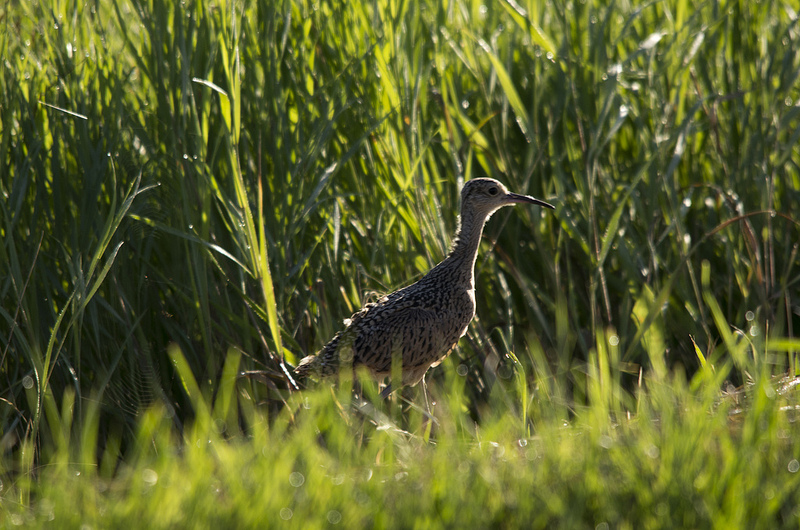

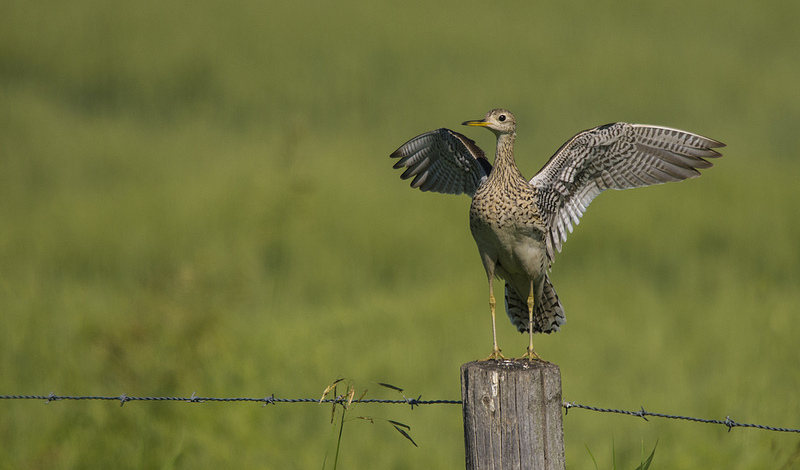
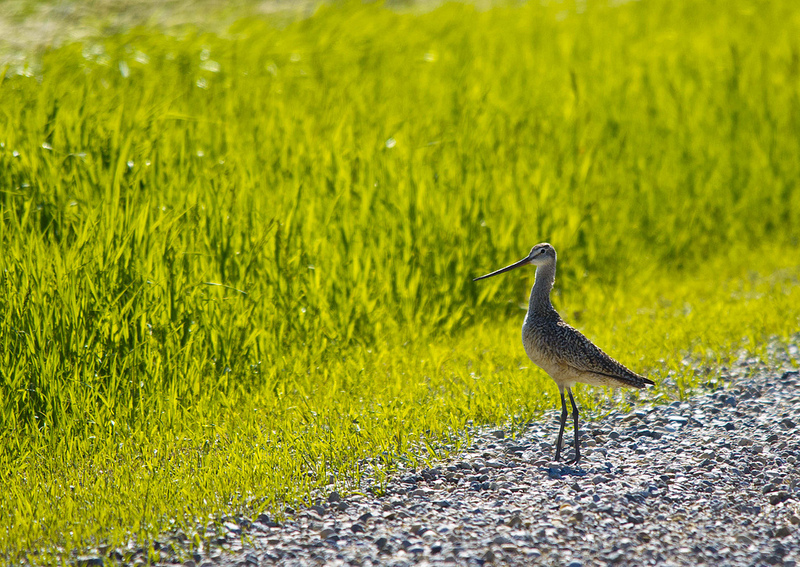
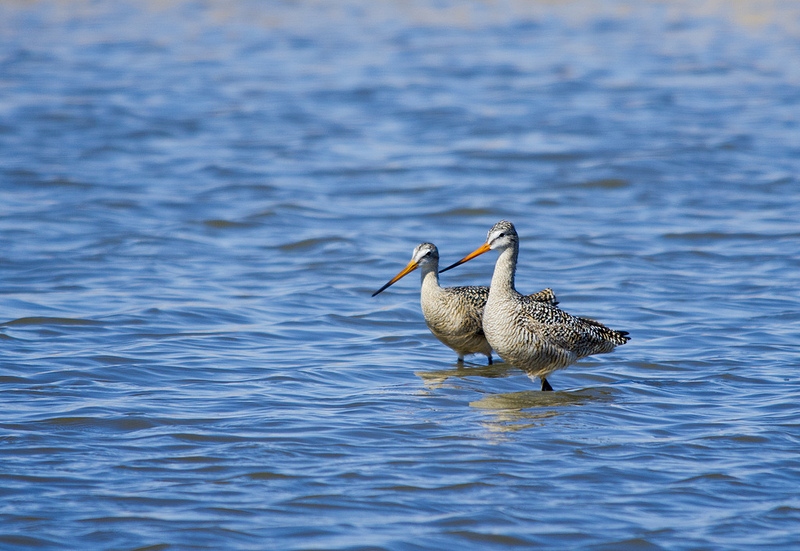
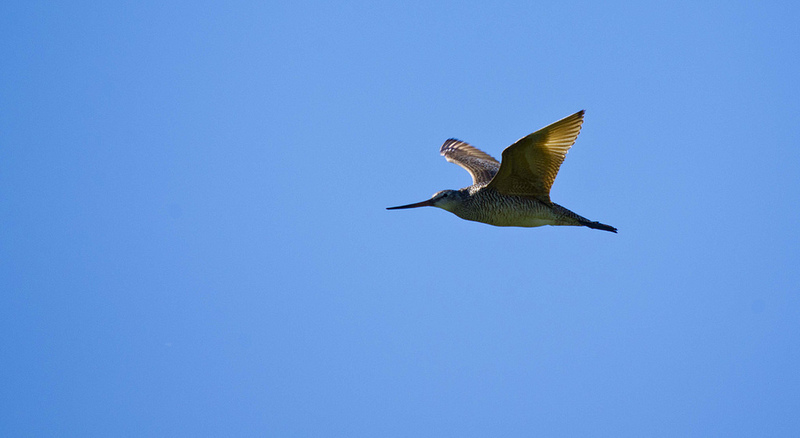


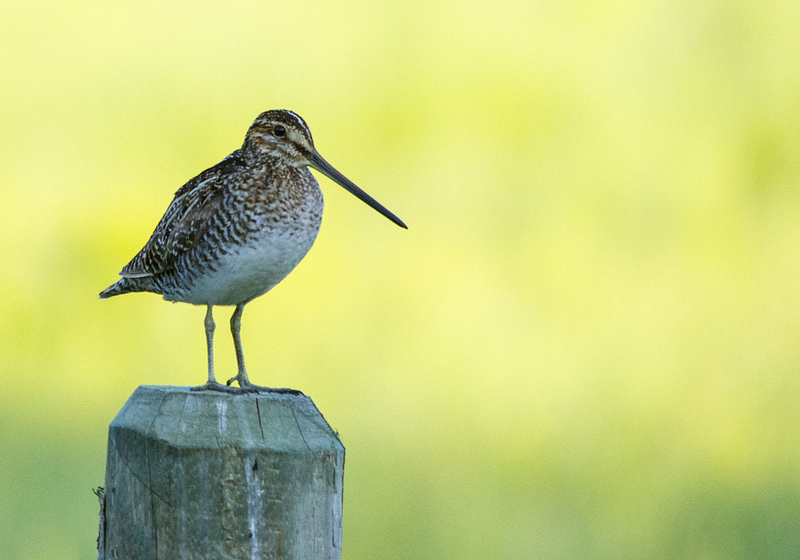
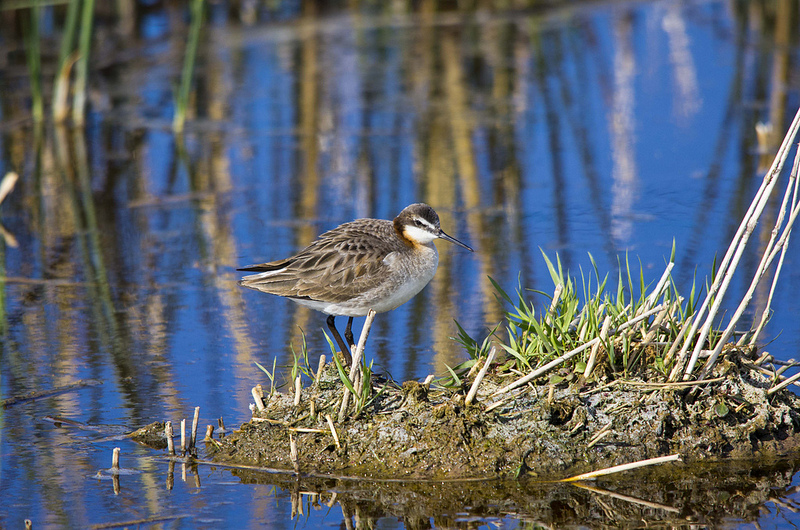


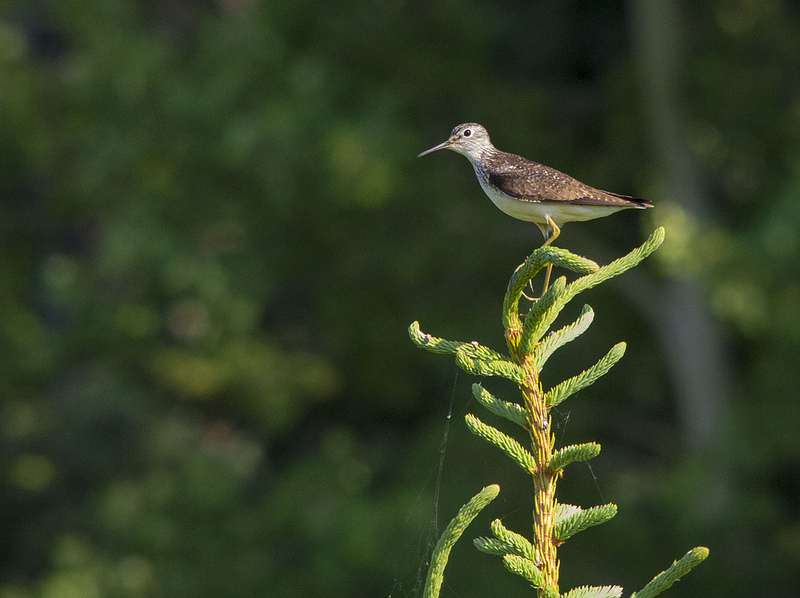
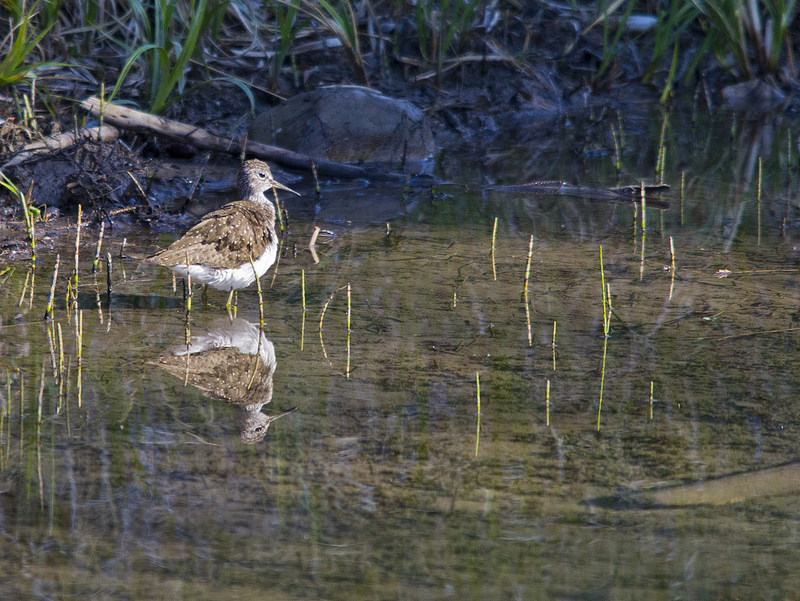
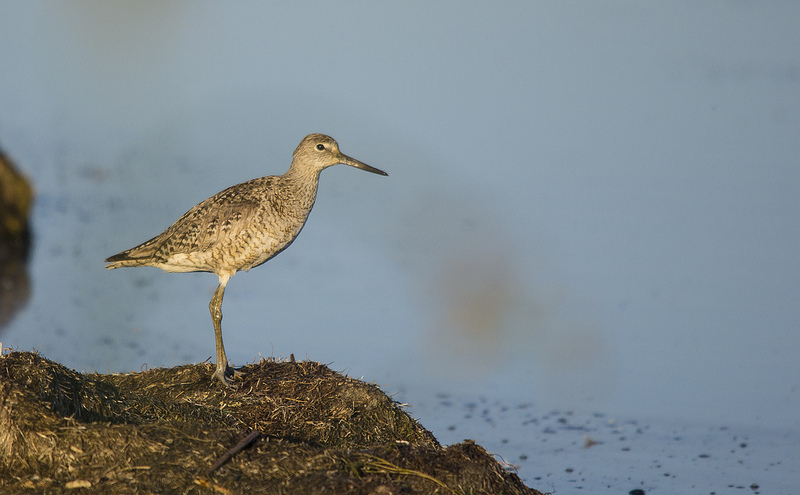
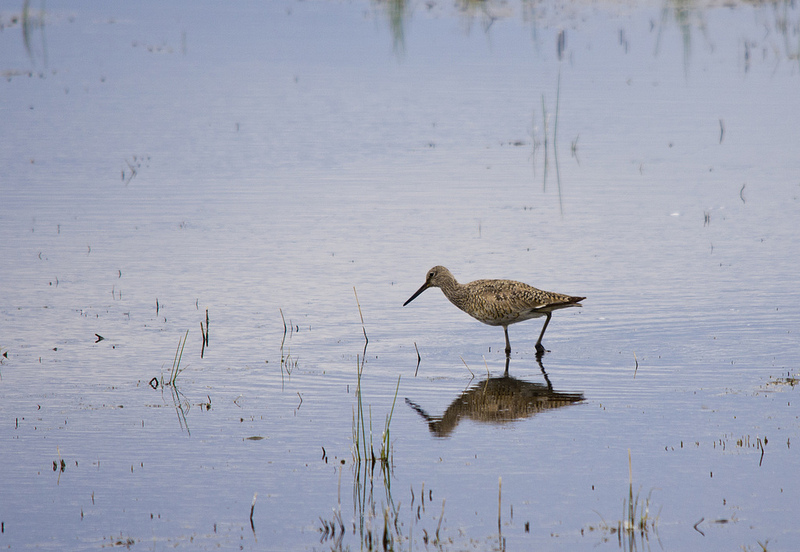
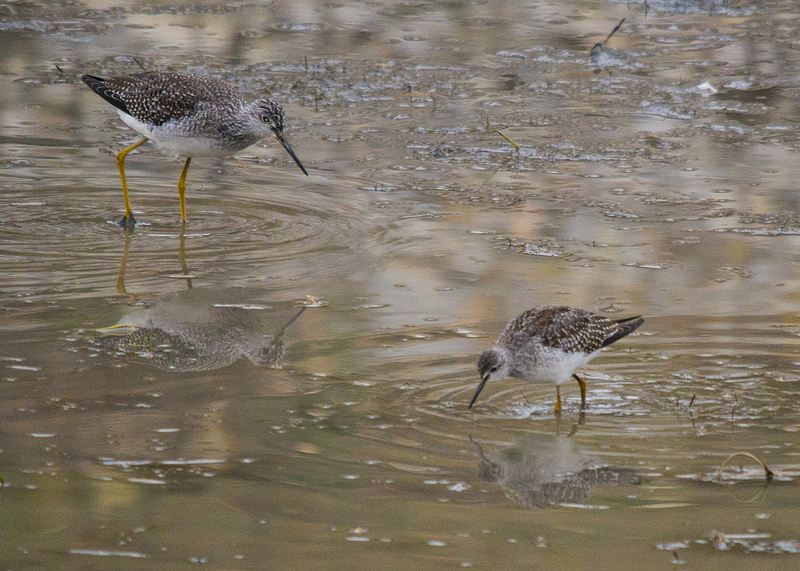
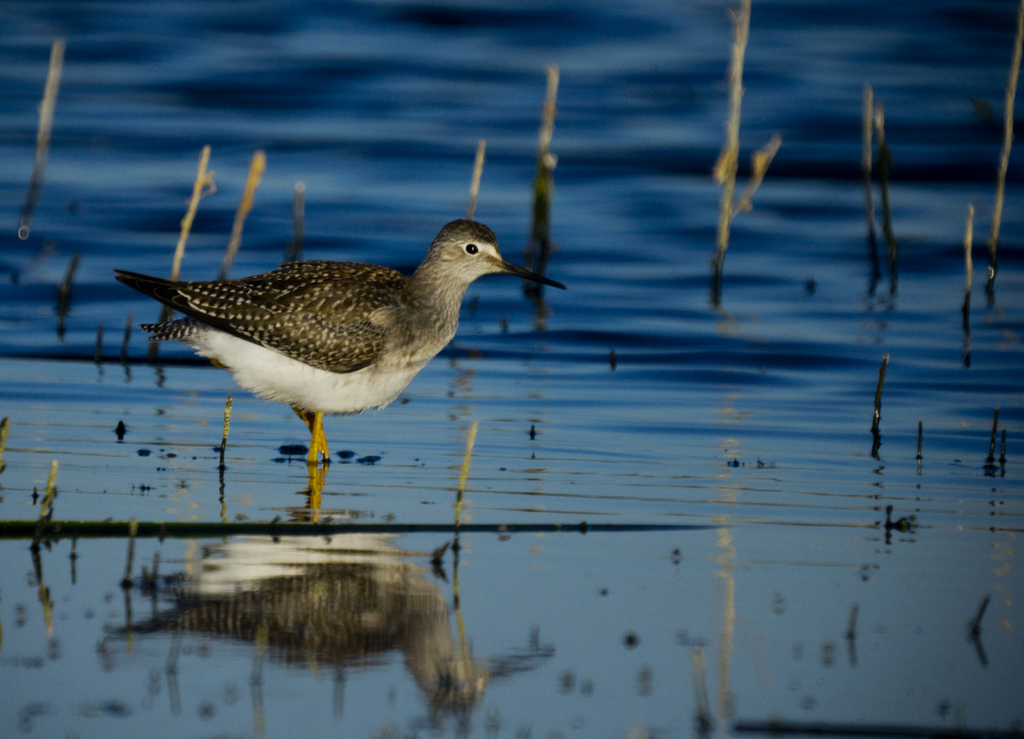

Thanks Charlotte! The Hudsonian Godwits I have seen have all been a quite a distance, but were still quite distinct. Maybe I might get to digiscope one while I’ve got the Swarovski handy!
Hi Darlene,
Thanks for the comments! You know what’s interesting is that when I sent that photo off to a few local people, one of the more experienced birders suggested just that exact thought, that it may be an Eskimo Curlew. I wonder if there’s an expert somewhere I could forward that photo on to. That would be really interesting if it were! When the bird first flushed up from the side of the road, it was about the size of a Godwit, and the bill seemed too small for a Long-billed Curlew, but the curve was distinct. My first thought was maybe a Whimbrel, but the head pattern didn’t match.
San Diego is on my short list of places to visit, and definitely one of my bucket list locations to go birding.
– Dan Arndt
Great photos! I like to one of the juvenile long-billed curlew. I wonder how many people might mistake that for the extinct or nearly extinct Eskimo curlew or the rare visitor, the little curlew? Are they fairly good sized at that age? I live in San Diego and I don’t think we get any juvenile curlews or whimbrels here.
Great series, Dan! I’m really hoping to see a Long-billed Curlew this year and maybe a Hudsonian Godwit. I’m looking forward to your next post!
I find shorebirds wonderful to watch, photograph and paint. Some of the birds you portray as the phalarope, yellow legs, avocet and killdeer I’ve recently completed paintings of for an upcoming exhibition at The House Coffee Sanctuary in Kensington Calgary. The opening is on the afternoon of May 18, I warmly invite Calgary area birders as It would be great to meet others who share the passion and adventure of birds.
I have been considering painting a curlew as my husband and I had the opportunity to watch a pair grub the grassland for over an hour last spring. We viewed them from a distance from the van as did not want to disturb them.
Thanks Susan! I have to admit, I didn’t realize we were as lucky as we are out here in Alberta in regards to shorebirds. All those eBird incidence maps, and various other range maps seem to completely skip the north-east. Then again, I don’t feel too badly for Northern Ontario, Quebec, and Labrador. They do get all the beautiful warblers in the spring!
Great overview! thank you. Makes me long for the prairie sloughs!